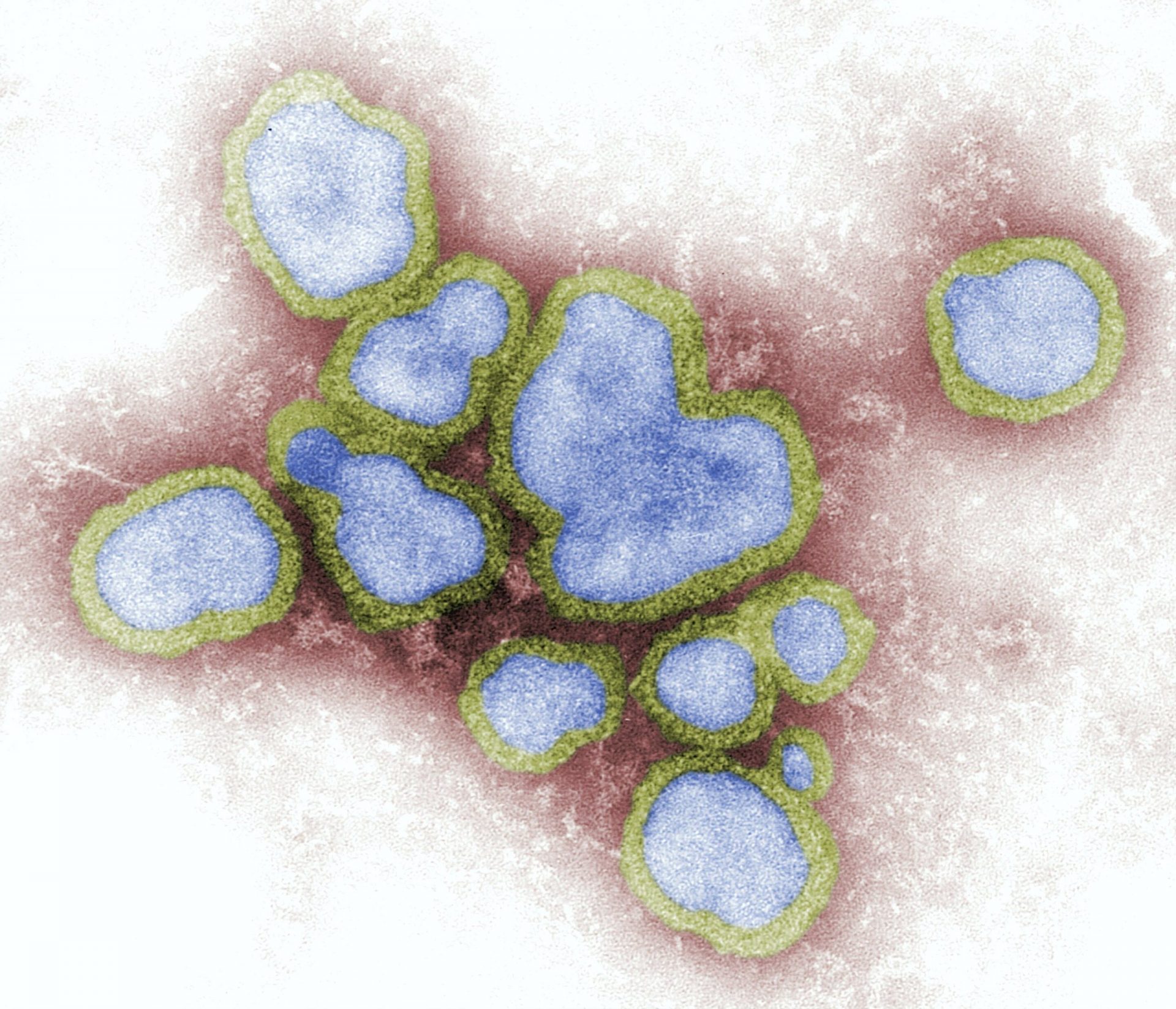Scientists have made a groundbreaking microscopic discovery that not only enhances our understanding of the microbial world, but also has the potential to revolutionize CRISPR-Cas biotechnologies. Led by Professor Peter Fineran from the University of Otago and Dr. Rafael Pinilla-Redondo from the University of Copenhagen, an international team of researchers has published a study in Nature unveiling a new method by which viruses can suppress the CRISPR-Cas immune systems of bacteria.
Dr. David Mayo-Muñoz, co-first author of the study, explains that this finding has far-reaching implications. Not only can it provide insights into microbial dynamics in the environment, but it can also contribute to safer gene editing techniques and more efficient alternatives to antibiotics. “The discovery is exciting for the scientific community because it provides a greater understanding of how CRISPR-Cas defenses can be stopped,” says Dr. Mayo-Muñoz.
CRISPR-Cas is an immune system that bacteria possess to protect themselves from bacterial viruses, known as phages. It functions by incorporating fragments of phage DNA into the bacterium’s genome, creating a memory bank of past phage infections. This memory bank allows the bacterium to identify and degrade specific phages when they attack again. “If a virus enters, a portion of its DNA is added to the memory bank and converted from DNA to RNA. Each RNA acts as a guide for the CRISPR-Cas system to accurately identify and destroy the invading phage. Each addition to the memory bank is separated by a CRISPR repeat sequence, which acts like bookends between each phage sequence,” explains Dr. Mayo-Muñoz.
However, phages have evolved various strategies to overcome these defense systems, leading to an evolutionary arms race. Bacteria have CRISPR-Cas, so phages have developed anti-CRISPRs to block the immune complexes of the bacteria. The researchers have now discovered a completely new way in which phages can halt CRISPR-Cas systems. They found that some phages load bacteria with RNA repeats, which effectively disable CRISPR-Cas.
Professor Fineran highlights that phages incorporate components of bacterial CRISPR-Cas systems into their own genomes, using them as molecular mimics to silence the immune systems of bacteria and facilitate phage replication. The team also observed that when phages load RNA repeats onto CRISPR-Cas proteins, not all of the correct proteins are loaded, resulting in a non-functional complex. “This molecular mimic disrupts the defenses of the bacteria and the function of the system; it essentially acts as a decoy,” explains Professor Fineran.
CRISPR-Cas is particularly intriguing due to its programmable nature, allowing for precise genome editing. The recent Nobel Prize in Chemistry was awarded for this technology. Interestingly, anti-CRISPRs can serve as a safety switch to control or fine-tune CRISPR-Cas. “To fully harness the potential of CRISPR-Cas technologies, it is crucial to have control over it, being able to turn it on and off and improve its accuracy and therapeutic benefits,” says Dr. Mayo-Muñoz. “Our discovery is the first evidence of an RNA anti-CRISPR, which has a shorter genetic sequence compared to previously discovered protein anti-CRISPRs. Since they are based on known CRISPR repeat sequences, we have the possibility to design RNA anti-CRISPRs for all CRISPR-Cas systems and their specific applications.”
In the future, CRISPR-Cas is expected to be used for gene therapy to correct disease-causing mutations. However, to ensure its safety, anti-CRISPRs are necessary to modulate the technology. Additionally, phages can be utilized as antimicrobials to eliminate pathogenic bacteria, offering an alternative to antibiotics. However, if the infected bacterium has an active CRISPR-Cas system, phages with the appropriate anti-CRISPRs will be required to neutralize it. “Having the ability to create customized anti-CRISPRs will be a powerful tool to have,” emphasizes Professor Fineran. “We are thrilled to provide a new insight into how phages combat their bacterial hosts. We hope that these RNA anti-CRISPRs will offer a fresh approach to controlling CRISPR-Cas technologies.”








